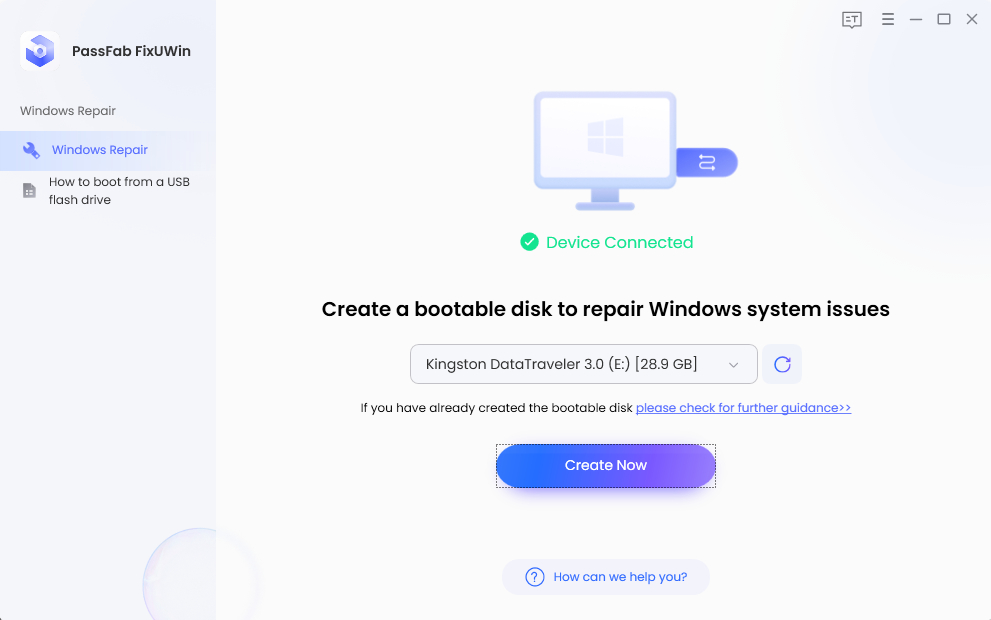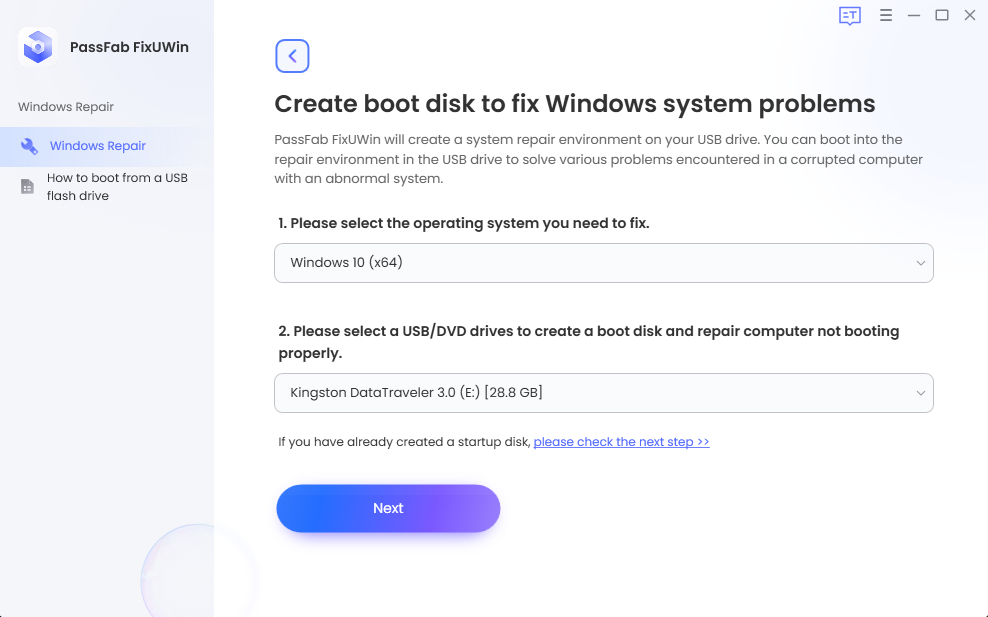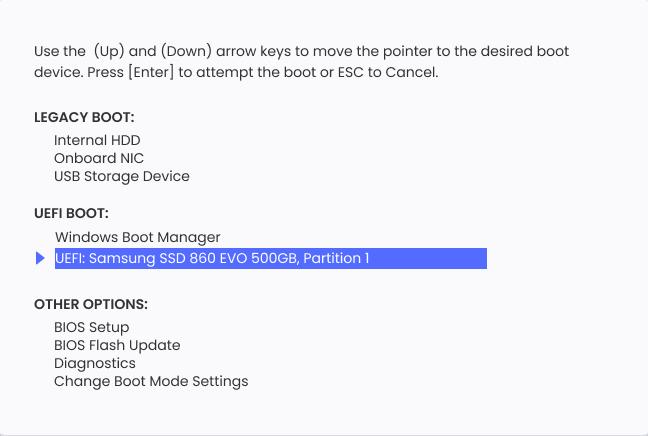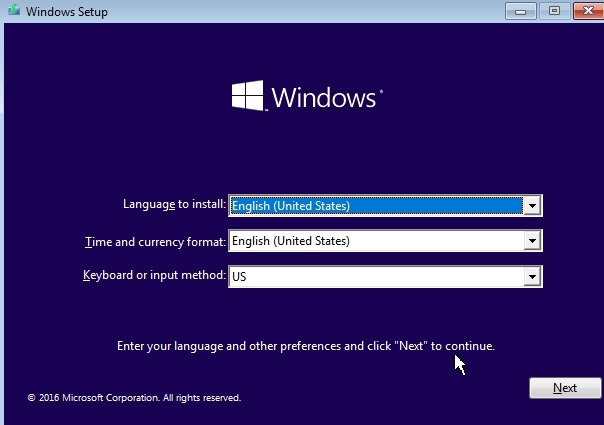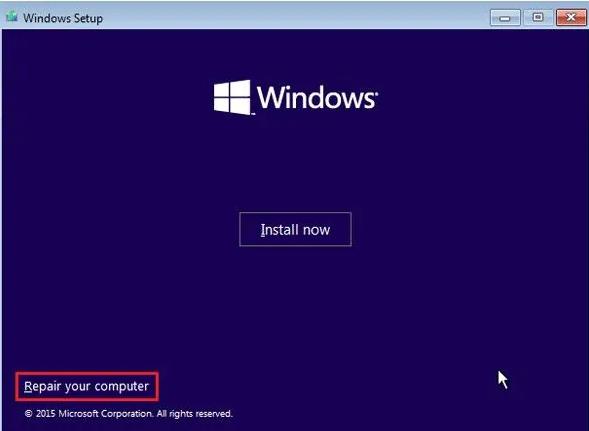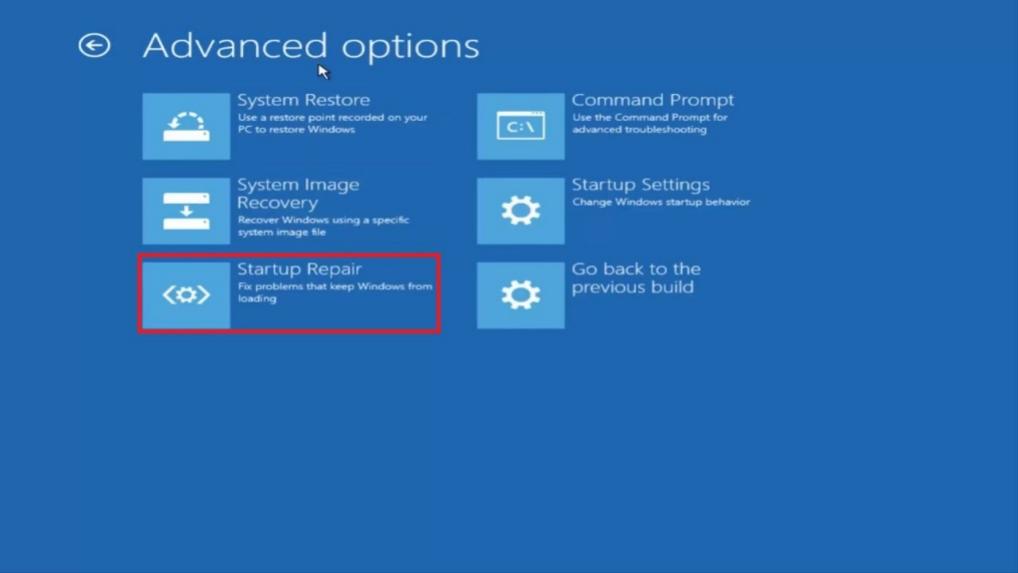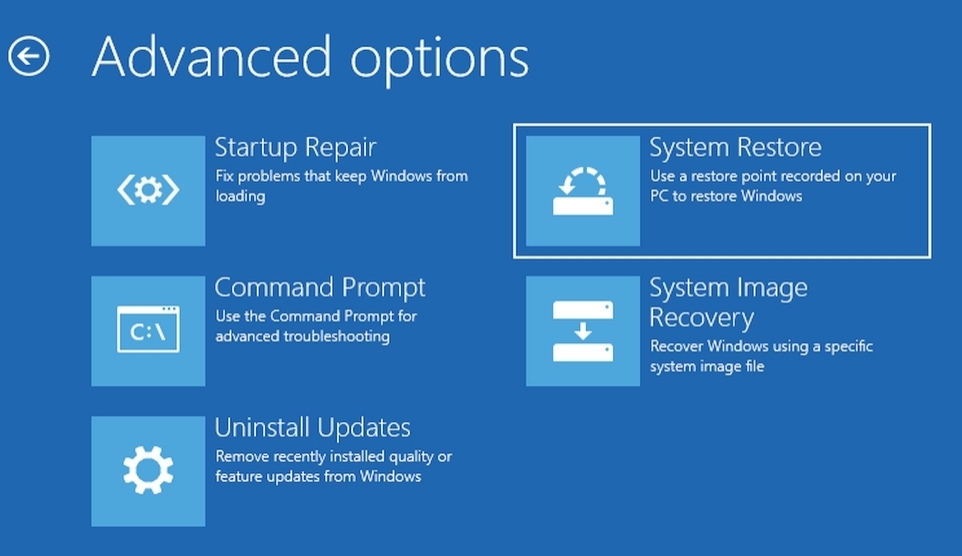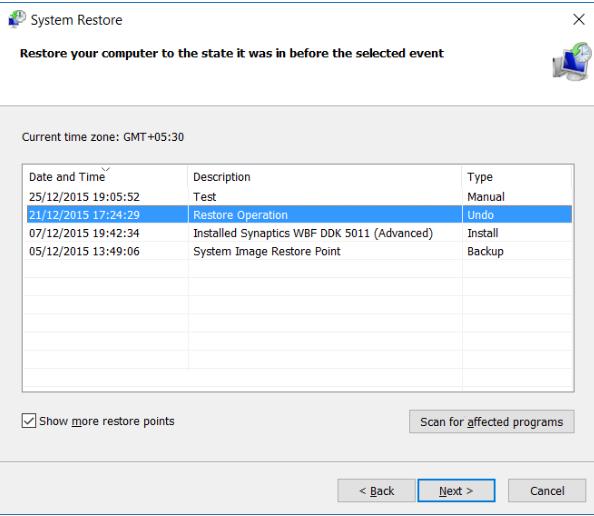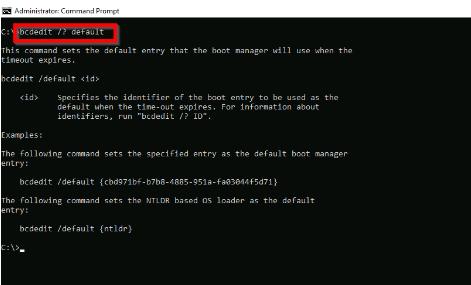Windows Boot Manager is a program responsible for loading the OS files when you start your computer. Sometimes, when the boot manager fails to load some system files due to an error or damaged files, it shows an error stating that the Windows boot manager failed accompanied by an error code, i.e., 0xc000000f, 0xc000000e, or 0xc000000d. Each of these error codes demonstrates the cause of the error. This article will teach you how to tackle Windows boot manager windows failed to start errors in Windows 7/8/10/11.
Part 1: Overview of Windows Boot Manager
- 1.What is Windows Boot Manager?
- 2.What causes Windows Boot Manager Windows Failed to Start?
- 3.What will Happens When Windows Boot Manager Windows Failed to Start?
- 4.Most Common Problems during the Boot Loader Phase
Part 2: One-stop Solution to Fix Windows Boot Manager Windows Failed to Start Error
Part 3: Other Solutions to Fix Windows Boot Manager Windows Failed to Start Error
Part 1: Overview of Windows Boot Manager
1. What is Windows Boot Manager?
Windows Boot Manager (BOOTMGR) is a small file located in System Reserved Partition or System/Boot sector. It contains the instructions to load the operating system when you start your computer. The data required to configure Windows Boot Manager is stored in Boot Configuration Data (BCD) file. When you turn your computer on, the first code that executes is the BIOS which reads MBR from the boot device and transfers the control to the boot code there. The Windows Boot Manager then reads the boot codes from BCD and makes them available to the loader to show the Boot menu to the user.
2.What causes Windows Boot Manager Windows Failed to Start?
Various reasons cause the system errors in Windows, so it is difficult to find the real culprit behind the boot manager Failure: Windows failed to start issue. However, here are some known reasons.
- Missing or corrupt BCD file
- Damaged or corrupt MBR
- Compromised file integrity
- Damaged HDD cable
- Forceful Shutdown while some crucial data was being written to the boot sector or an update, was being installed
- Some critical hardware or software is missing
3.What will Happens When Windows Boot Manager Windows Failed to Start?
When the boot manager fails, and Windows do not load normally, you will see a pop-up message on the screen stating that Windows Boot Manager boot failed upon startup. In such a situation, you will be unable to use your system or access the disk data.

4.Most Common Problems during the Boot Loader Phase
As stated earlier, many factors can cause Windows Boot manager to fail. However, you can easily identify the cause of the issue with the help of the error codes. If you see a black screen with a blinking cursor, it shows that the boot manager failed on the Windows Boot Loader phase. This happens due to any one of the following error codes during the Windows Boot Loader phase.
- Corrupted boot file or MBR
- Corrupted or missing boot sector
- Corrupt BCD
- Bootmgr is missing Windows 10
If you are facing issues with starting up your computer and you want to fix Windows boot manager, follow the methods given below:
Part 2: One-stop Solution to Fix Windows Boot Manager Windows Failed to Start Error
PassFab FixUWin is the ultimate solution to all the problems you might face with your Windows system. This amazing tool scans your computer and looks for the damaged files, or whatever reason is causing the error. It then repairs your computer automatically by replacing the damaged files. It can resolve any blue/black screen errors, system crashing, stuck on boot loop and other problems. Here is how you can fix Windows 10 bootloader with PassFab FixUWin:
- Install and launch PassFab FixUWin on any accessible PC.
- Plug a USB drive and click Create boot disk now.

- Choose your USB drive, click Next.

- Switch to the problematic PC, plug in the bootable USB drive and restart it.
- Open the Boot Menu, set your USB on priority, and save and exit the boot menu.

- Click Automated repair.

- Click Restart to restart the computer and you will no longer see the windows boot manager windows failed to start problem show up again.
Let the system create the boot disk.
Part 3: Other Solutions to Fix Windows Boot Manager Windows Failed to Start Error
1. Update BIOS or UEFI Settings
If you use a new processor with old BIOS and UEFI settings, your boot manager will eventually fail to load upon startup. You should update the BIOS or UEFI settings by visiting the manufacturer’s website. To do so, reinstall the old processor, go to the manufacturer’s website, and install updates by following the on-screen instructions.
Note: Be cautious while performing the BIOS or UEFI update, as a tiny mistake can cause a significant loss. It is recommended to back up your data before updating such settings.
2. Use Bootrec.exe Tool to Rebuild MBR
Bootrec.exe is a built-in tool in Windows 10 that is used to update Master Boot Record (MBR), partition boot sector code, and Boot Configuration Data (BCD). You can use it for Windows boot manager repair as follows:
- Boot Windows 10 and press the F8 key when you see the Windows logo.
- Navigate through Troubleshoot -> Advanced Options -> Automatic Repair and open Command Prompt.
- Type bootrec /rebuildbcd and press Enter.
- Type bootrec /fixMbr and hit Enter.
- Type bootrec /fixboot, press Enter.
- Type bootsect /nt60 SYS or bootsect /nt60 ALL and press Enter key.
3. Perform Automatic Repair
Performing Windows Automatic Repair can be used for Windows 10 bootloader repair. However, you will need a Windows Installation Media to work through this method. Once you get the Installation Media, proceed by following these steps:
- Boot computer through Windows Installation Media.
- Choose Language, Time zone, Keyboard or input method and click Next.

- Click the Repair your computer link in the lower-left corner.

- Navigate through Troubleshoot -> Advanced Options and then choose Startup Repair.

- Now go through the steps shown on the screen to repair your computer.
4. Perform System Restore
If you encounter a Windows bootmgr error after installing an update or making changes to your system, you can perform a system restore to revert to the previous version. However, this method only applies if you create a restore point after making changes to the system. Here is how to perform a system restore using Windows Installation media:
- Go to Advanced Recovery options using Windows Installation Media.
- Choose System Restore from the Advanced options.

- Choose a Restore Point to revert to, click Next.

- Let the system complete the restore process and restart your computer afterwards.
5. Restore Windows Boot Manager
When nothing else works, the only option you are left with is restoring Windows Boot Manager to its default settings as follows.
- Open Command Prompt by navigating Advanced Options -> Troubleshoot -> Advanced Options -> Command Prompt.
- Now type BCDEdit /? Default and press Enter.

6. Replace Bootmgr File
Another option to fix the Windows boot manager is replacing the Bootmgr file from the C drive with System Reserved Partition. Usually, the System Reserved Partition does not have any drive letter, so to identify it, first assign it a letter by running the following command in Windows PowerShell: Get-Partition -DiskNumber 0 -PartitionNumber 1|Set-Partition -NewDriveLetter P Now open the Command Prompt and follow the following steps:
- Change the directory to system reserved partition.
- Now, type attrib -r -s -h and hit Enter.
- Type ren bootmgr bootmgr.old and press Enter.
- Change the directory to C, type attrib -r -s -h and press Enter.
- Lastly, run copy C:\bootmgr P:\ command and restart your computer.
7. Manually Restore System Hive
If you have tried all the methods given above and still the boot manager fails upon startup, you can try manually restoring the system hive as follows:
- Open the Command Prompt using Advanced options via Windows Installation Media.
- Go to the CONFIG directory by typing CD /D C:\WINDOWS\SYSTEM32\CONFIG and pressing Enter.
- Type the following commands one by one and press Enter after typing each:
- REN DEFAULT DEFAULT.OLD
- REN SAM SAM.OLD
- REN SECURITY SECURITY.OLD
- REN SOFTWARE SOFTWARE.OLD
- REN SYSTEM SYSTEM.OLD
- Now run the following commands step-by-step:
- copy C:\Windows\System32\config\RegBack\DEFAULT C:\Windows\System32\config\
- copy C:\Windows\System32\config\RegBack\SYSTEM C:\Windows\System32\config\
- copy C:\Windows\System32\config\RegBack\SOFTWARE C:\Windows\System32\config\
- copy C:\Windows\System32\config\RegBack\SECURITY C:\Windows\System32\config\
- copy C:\Windows\System32\config\RegBack\SAM C:\Windows\System32\config\
Once the commands have run successfully, restart your computer, and you will not see the Windows Boot Manager Windows Failed to start error.
Conclusion
When you see the Windows boot manager Windows failed to start error on the screen upon startup, you might panic. But wait! We have gathered some tested and proven ways to fix Windows boot manager. The best yet most recommended method proposed in this article is using the PassFab FixUWin Windows repair tool.
